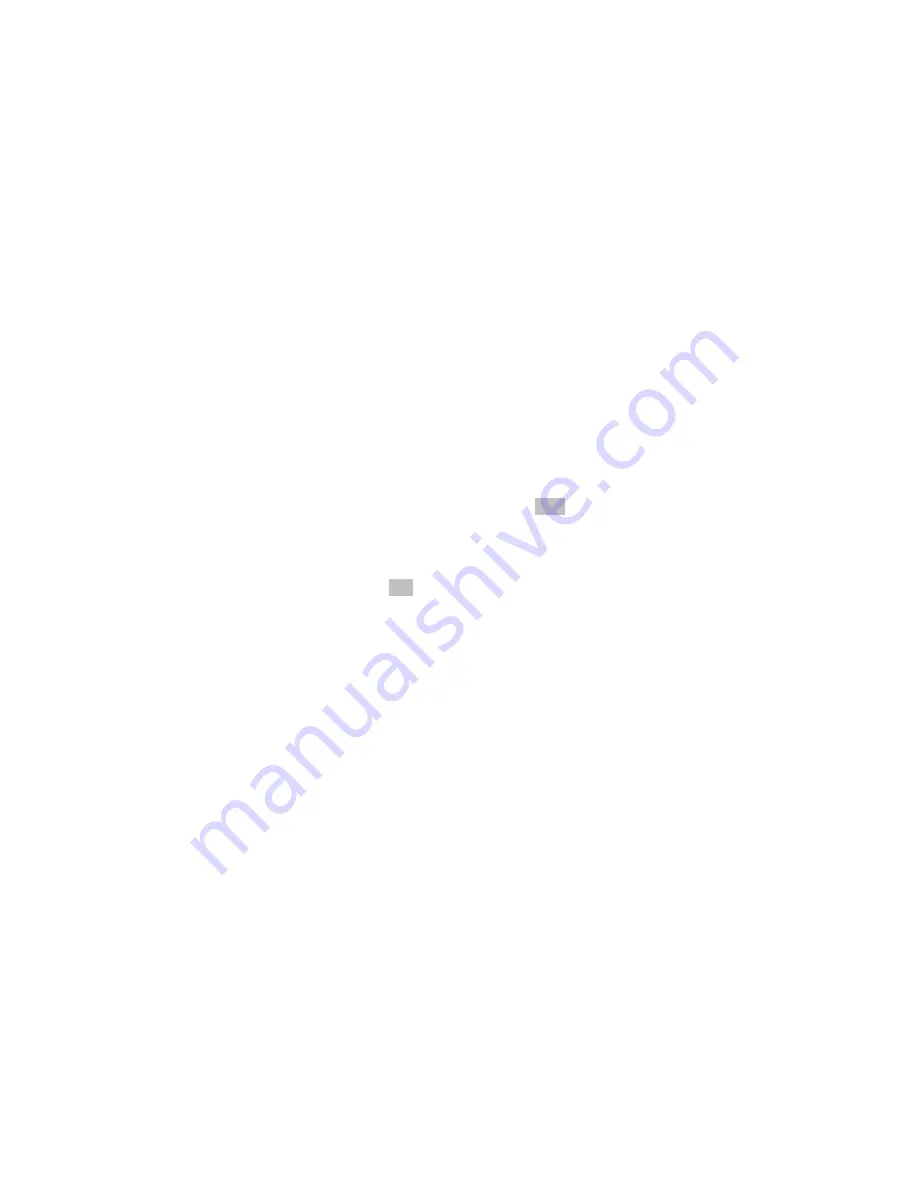
7.2
Viewing 3D Model Data
SceneVision-3D includes a high-performance 3D model viewer. Its actual performance will
depend on the size of your model and the performance of your PC graphics card. (For
recommendations on graphics cards please contact 3rdTech.)
Note: For a sample file, double click on
clue.wrl
in the clue scene tree.
When you open a 3D model (VRML file) you have access to the following controls:
View Mouse Controls
Note: Access to some of the view controls for 3D models requires a 3-button
mouse.
Zoom
– drag with the right mouse button; up to zoom in, down to zoom out.
Move
(translate) – drag with the middle mouse button to move in any direction (in the
plane of the screen, e.g. left, right, up, down, diagonal).
Rotate
– drag with the left mouse button to rotate in that direction. If you begin with the
cursor on a point in the model, the rotation will be about that point. If the cursor is on an
empty point, e.g. background color, the rotation will be about the center of the model.
Rotate in the Plane of the Screen
– Hold
Shift
and drag with the right mouse button to the
right or left to rotate the model in the plane of the screen, that is, clockwise or counter-
clockwise as you look at the model. This is helpful for aligning the model with the
horizontal plane.
Popup Menu
– <
Ctrl
- Right click> will bring up a menu with some of the File menu
options.
There are three different viewing modes for the mouse controls. In one,
Move Object
mode, the
cursor movements described above will change the scene as if you were moving the model. In
the second,
Fly (Move Ey
e) mode, the cursor movements will change the view of the scene as if
you were moving your viewpoint. Most users will be more comfortable moving the object – but
it is easy to experiment with these two modes. There is a third mode,
Fix Viewpoint,
which
locks your viewpoint to a particular point in the scene. This is described in Section 8.2.1. The
three modes are selected in the View menu.
View Menu Controls
The View Menu for model data has more functions than for range data, as there are more ways
to look at 3D data. Some of these are listed below. You may want to try each of them to see
what they do.
Data
– Select to view or hide the data. This is used to view annotations, like line drawings,
without the data and is helpful for looking at the measurements or outlines of a room or
object.
Annotations in this Window
– Select to view or hide the annotations.
Annotations by Type
– Select to view or hide particular types of annotations. A check
mark means the particular type of annotation will be displayed if any exist.
DeltaSphere-3000 3D Scene Digitizer
47
9/23/05






























